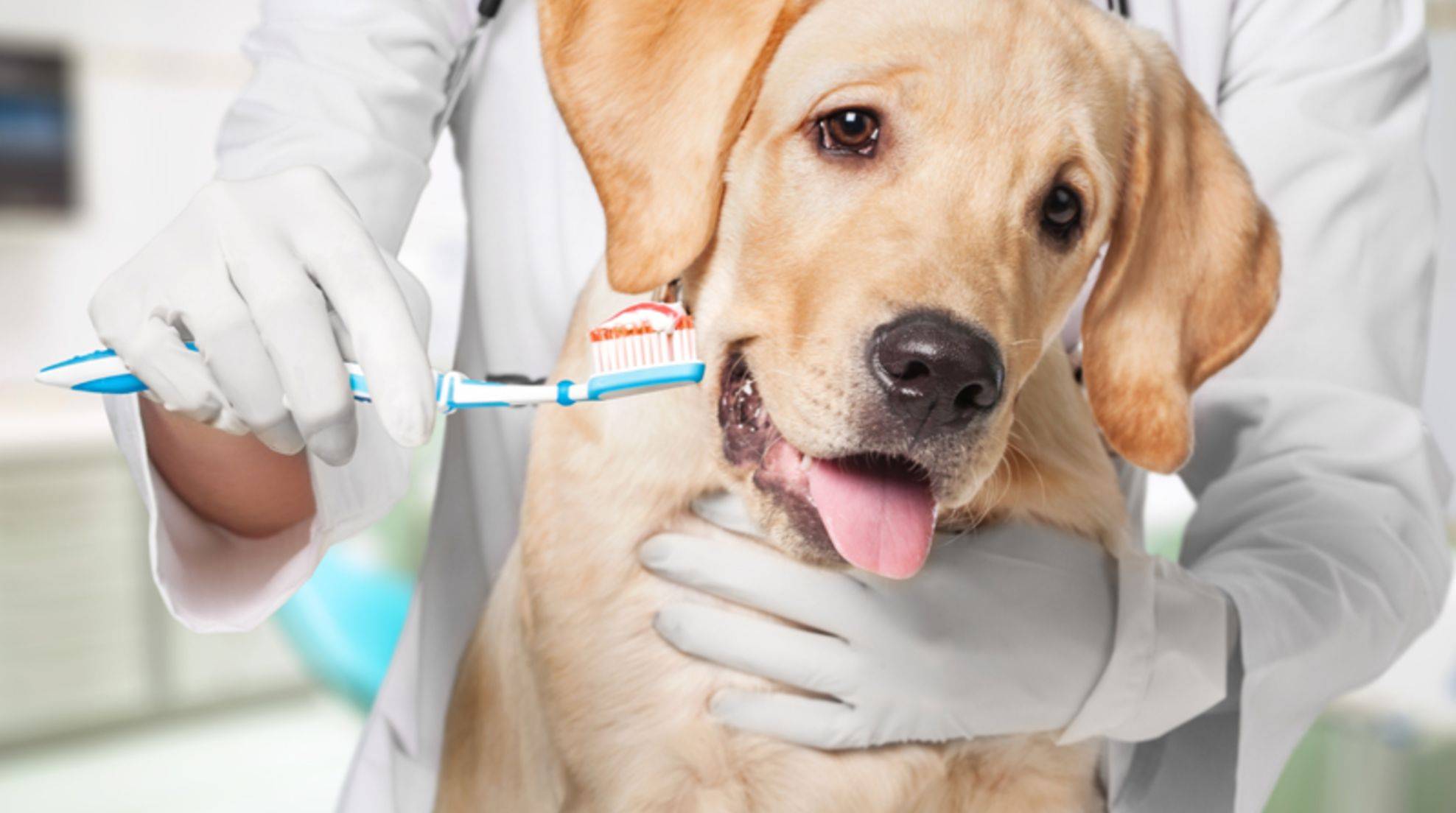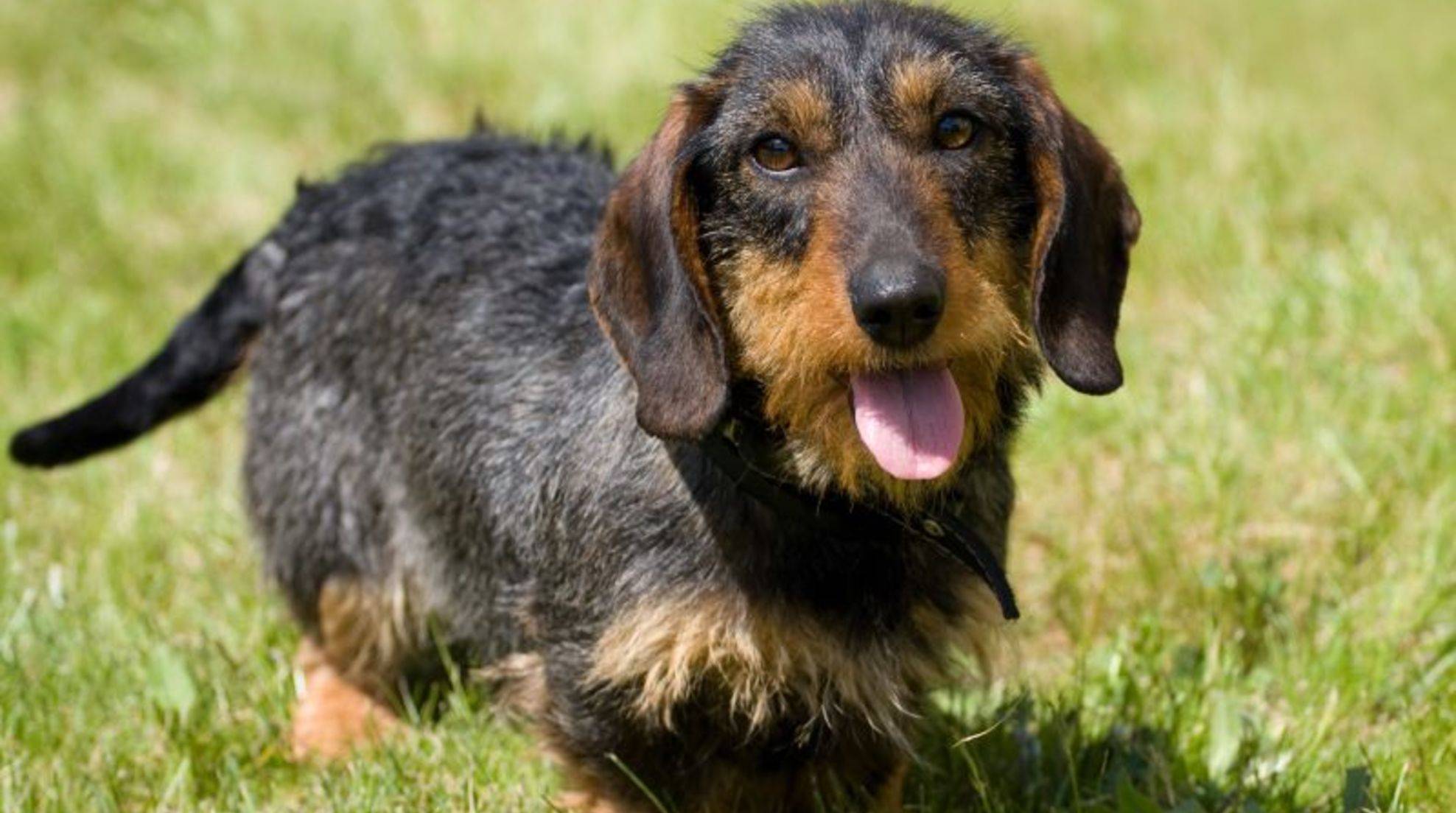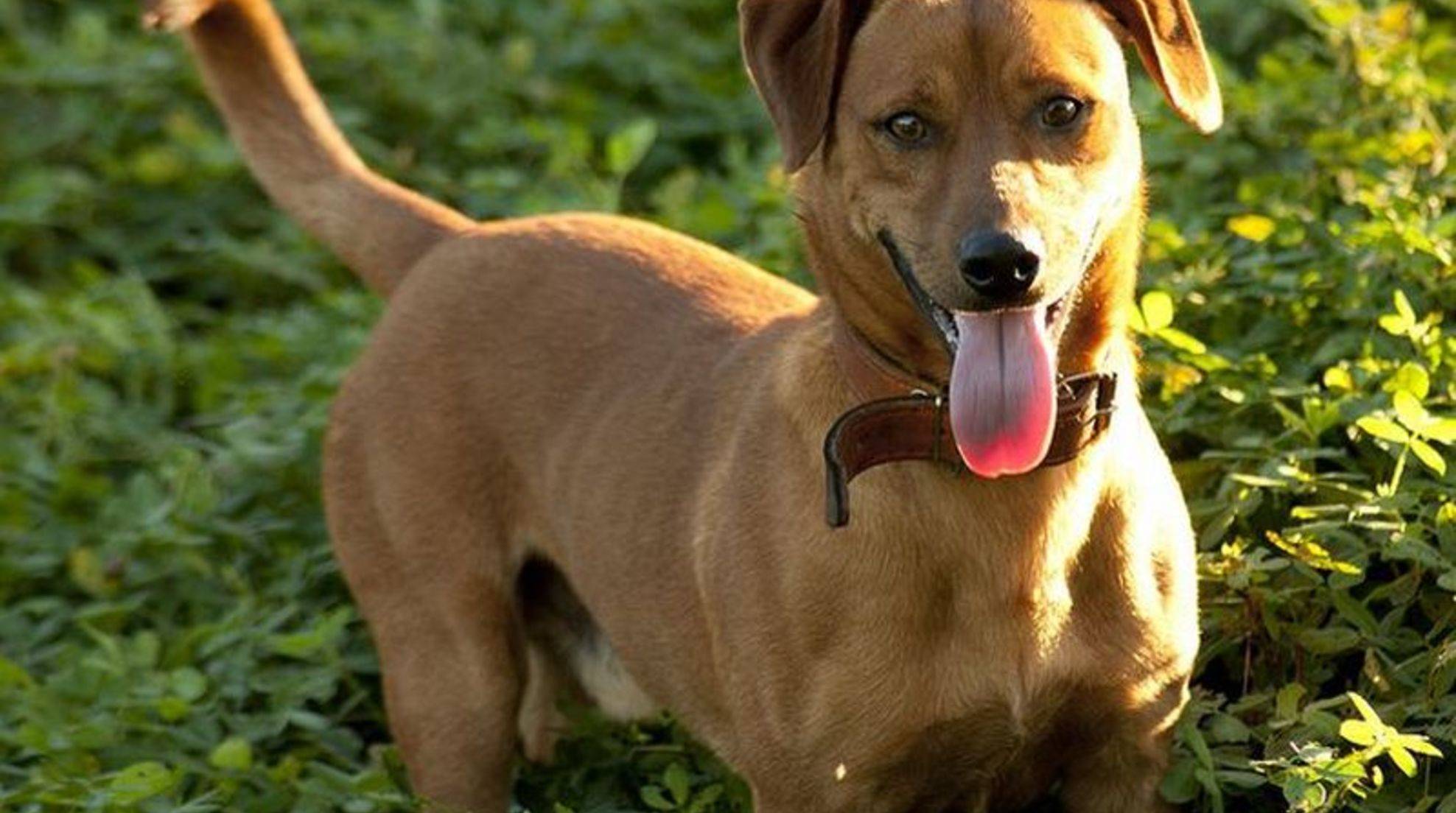Therapy dogs: Which four-legged friends are suitable?
Unlike assistance dogs, therapy dogs are not specially trained for a single patient. Rather, together with their owner, they form a team that helps several people heal and promotes their emotional well-being as part of an animal-assisted medical treatment. Find out which dogs are best suited for this and what tasks they need to perform below.
Therapy dogs are used, for example, to accompany psychotherapy for people with mild to moderate depression or anxiety disorders. They can also help children with learning disorders, for example as a support for occupational therapy. Unlike assistance dogs, there are no special rights for therapy dogs, for example when traveling on an airplane. This is because the animals do not belong to the patients themselves, but to the therapist.
What do therapy dogs do?
Therapy dogs team up with professional therapists or educators to help people with mental or neurological illnesses, as well as children and adults with intellectual disabilities and learning disorders. This method is called animal-assisted therapy, where the dog complements and positively influences the treatment, but cannot replace it. Meeting, communication and contact with dogs can, for example, lower blood pressure and reduce stress. The four-legged friends do not judge, do not place expectations on people, do not reproach and take everyone as they are.
Dogs pick up on moods and perceive feelings without criticizing them or giving well-intentioned advice. In this way, they convey compassion, warmth, security and safety. In addition, the “cuddle hormone” oxytocin is released when we stroke dogs. Completely unbiased, they make contact with people, play with them and give them loving attention. This can significantly promote the success of the therapy.
However, therapists should always make sure that their animal companion is comfortable. There are therefore certain regulations, such as for the “working hours” of the animals. For example, therapy dogs are generally only allowed to accompany an individual therapy session of 45 minutes, and only three days a week. Exceptions may be made under certain circumstances. The four-legged friends do not live permanently in a particular facility, but with their human partner at home.
Requirements for therapy dogs
Therapy dogs must not be fearful or insecure, nor is strong territorial behavior desired. In terms of character, animals with a calm nature are suitable, which are patient, peaceful and stable in themselves. A friendly, trusting nature and social skills are also important. A sensitive, empathetic personality is an advantage, but at the same time they must be resistant to stress and unrest around them. Sick animals or those in pain are not suitable, as they may react aggressively or unpredictably when patients pet them.
Training with regard to use as a therapy dog should begin when the dog is a puppy, but on their first “day on the job” the four-legged friends are best a little older, at least a year old. They should get along with and like other animals as well as strangers. A therapy dog cannot afford to jump up, pull on the leash or other bad manners. He must listen well to his owner and not be unsettled by strange smells, noises and other impressions.
Furthermore, certain hygienic requirements must be met. Therapy dogs must be checked to make sure they are clean before each use and must be brought in for regular checkups by a veterinarian. This includes general health, possible parasite infestation and fecal examinations. In addition, vaccinations must always be up to date.
Are some dog breeds more suitable than others?
Basically, all dog breeds and mixed breeds can be raised and used as therapy dogs. The most important thing is that the chemistry between dog and owner is right and there is a strong bond between the two. Nevertheless, there are some breeds that are slightly more suitable than others. Typically, these are dogs that have been bred to work closely with people.
Companion and companion dogs such as the Maltese, Pug or Poodle, for example, are usually friendly, peaceful and people-oriented. Herding dogs, working dogs and working dogs such as the German Shepherd, the Bernese Mountain Dog or Australian Shepherd also enjoy working with people and are obedient and loyal if well trained. St. Bernards, Leonbergers and Newfoundlands are also stoically calm. Some hunting dog breeds, such as the friendly Beagle, the Labrador or Golden Retriever with their pronounced “will to please”, are also good therapy dogs with proper socialization.
Whether you choose a large, medium or small dog for animal-assisted therapy depends on its area of use. Larger dogs are more suitable for working with children and adolescents, while smaller four-legged friends are more suitable for the elderly, as they can sit on your lap or snuggle up in bed.







